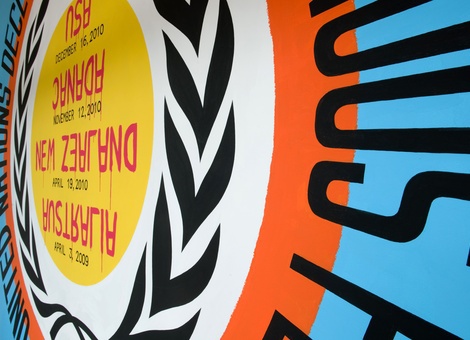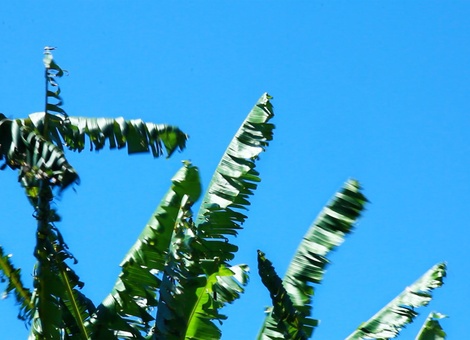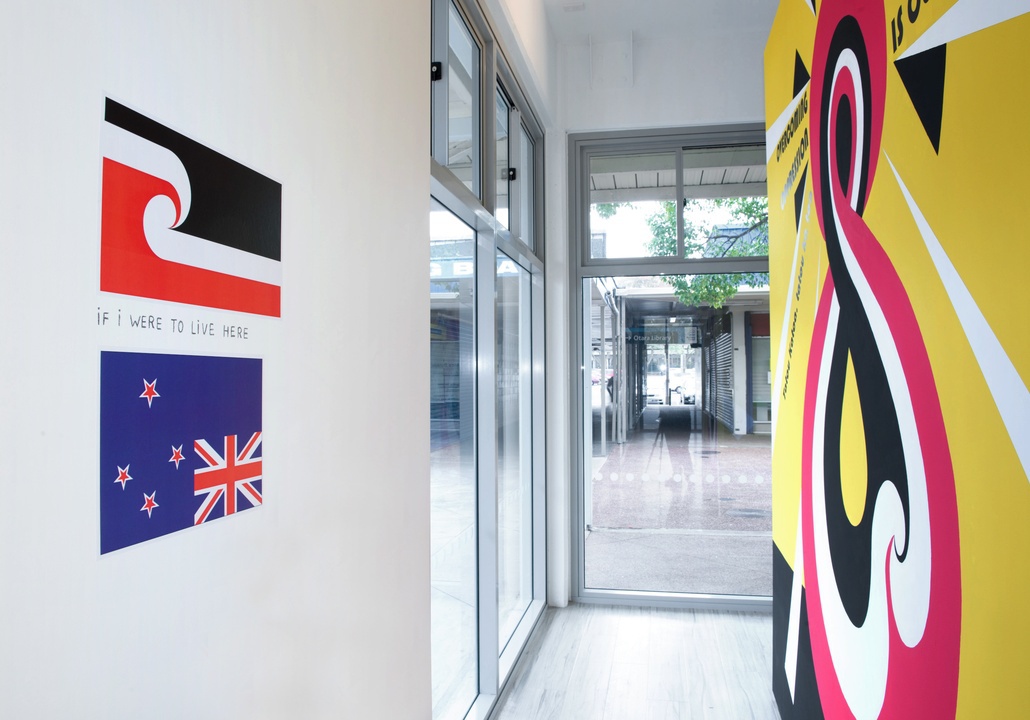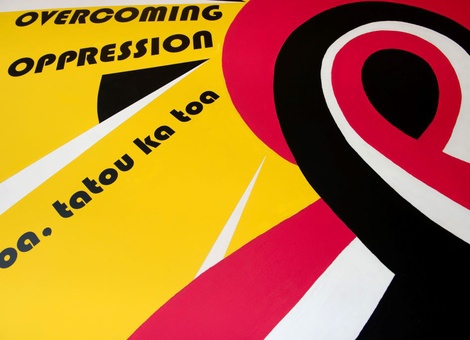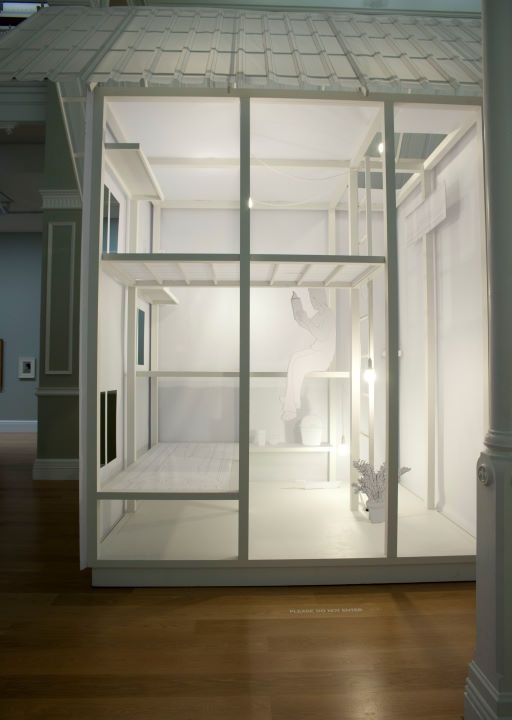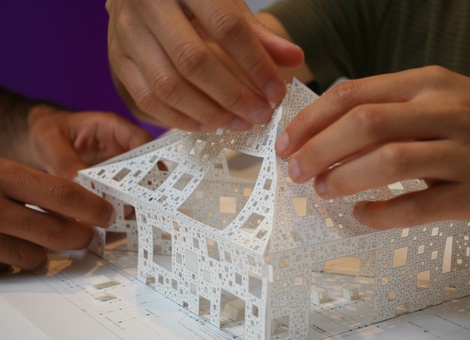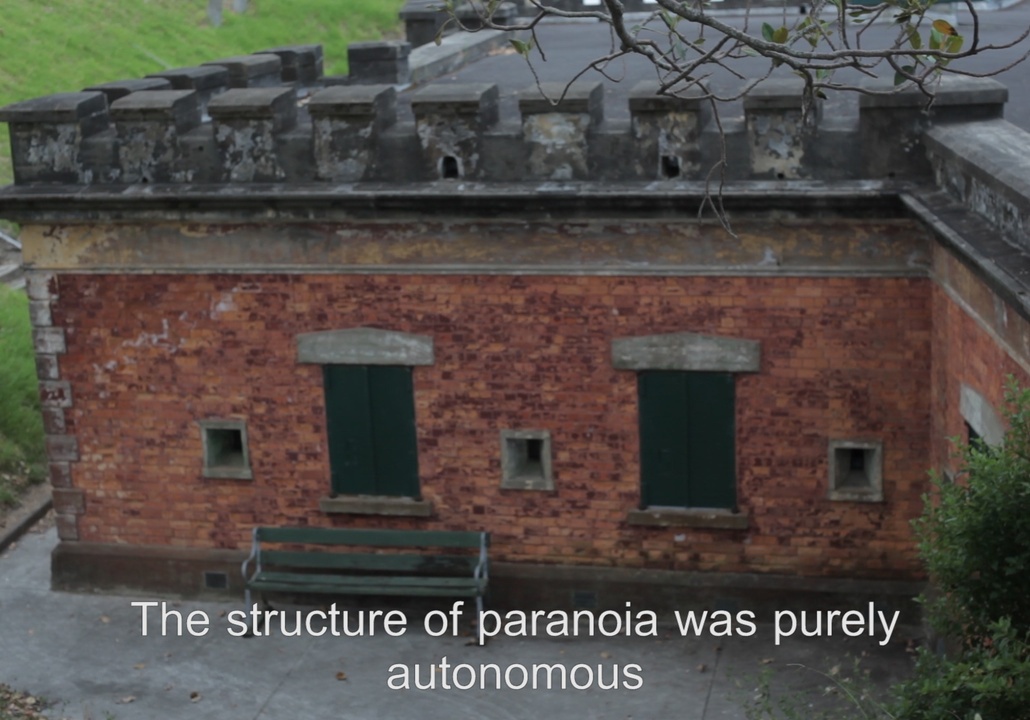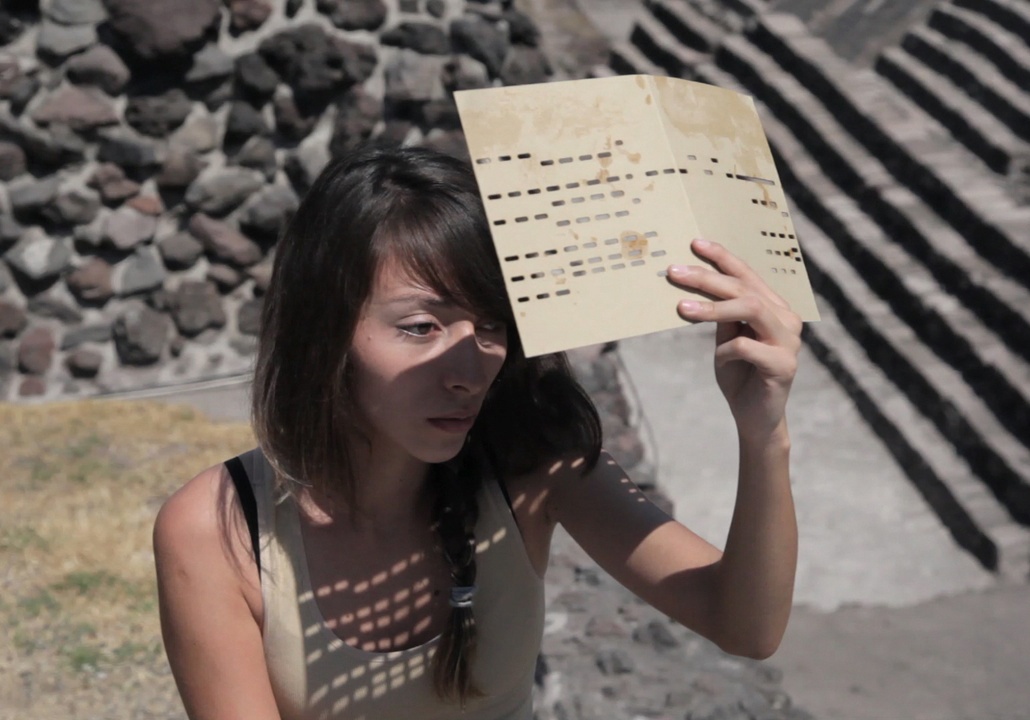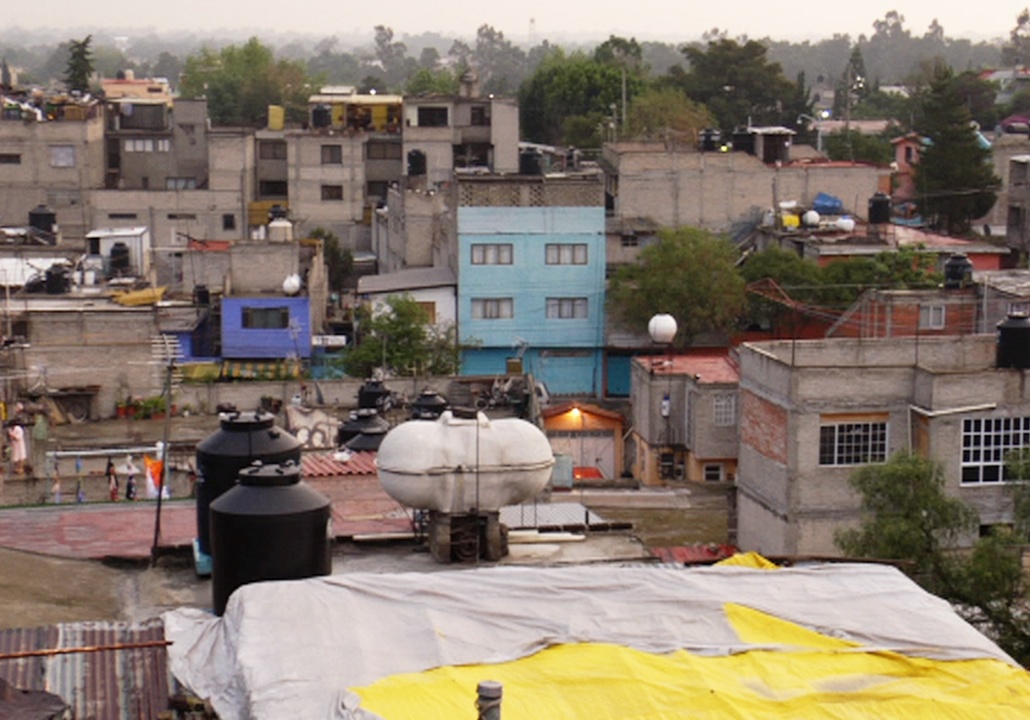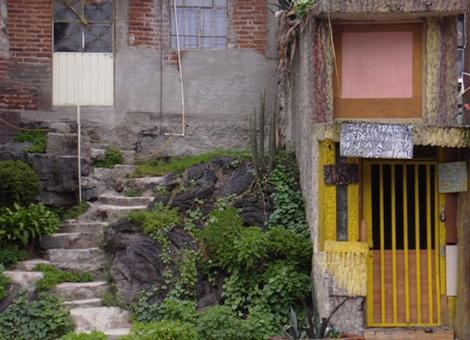Makeshift
Venue

Kauri-oake, 2013
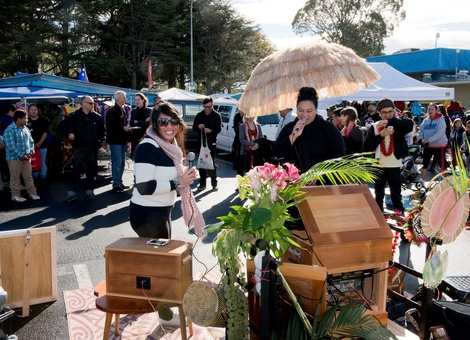
Kauri-oake, 2013

Kauri-oake, 2013
(formed 2007) Live and work in Sydney, Australia
Tessa Zettel Born 1980, Sydney, Australia
Karl Khoe Born 1980, Sydney, Australia
Artists and co-directors of Makeshift, Tessa Zettel and Karl Khoe collaborate on interdisciplinary projects that encompass live art, sculpture and installation, drawing, printmaking, writing, curating and design. As redirective practitioners, their work imagines or enacts other ways of living that are generative of sustainment, dialogue and new economies. Site-responsive and participatory, these works are shaped by provisional communities and appear as durational interventions. Such projects involve opening up spaces of dialogue or exchange (often facilitated by the presence of food), marking time to slow down and be attentive, and a revaluing of obscured cultural knowledge, stories and practices.
http://www.makeshift.com.au/
http://kaurioke.com/
Selected exhibitions (solo):
Making Time, Performance Space, Sydney, 2013; A Leaf from the Book of Cities, National Institute for Experimental Arts/City of Sydney, 2012; Make-do Garden City, 4A Centre for Contemporary Asian Art, Sydney, 2010; Colony Collapse, Firstdraft, Sydney, 2010. Selected exhibitions (group): IASKA Spaced: Art Out of Place, Fremantle Arts Centre, 2012; Primavera 2011, Museum of Contemporary Art, Sydney, 2011; Sister Cities Biennial: Urbanition, San Francisco Arts Commission Gallery/Carriageworks, San Francisco/Sydney, 2011; In the Balance: Art for a Changing World, Museum of Contemporary Art, Sydney, 2010.
‘... prefaces pleasure and community spirit over economic benefit.’
David Cross, Associate Professor in Fine Art, Massey University, Wellington
Kauri-oke!
2013
Fresh Gallery OtaraNew Zealand kauri, karaoke machine and mixed media, folk songs
dimensions variable
courtesy of the artists

